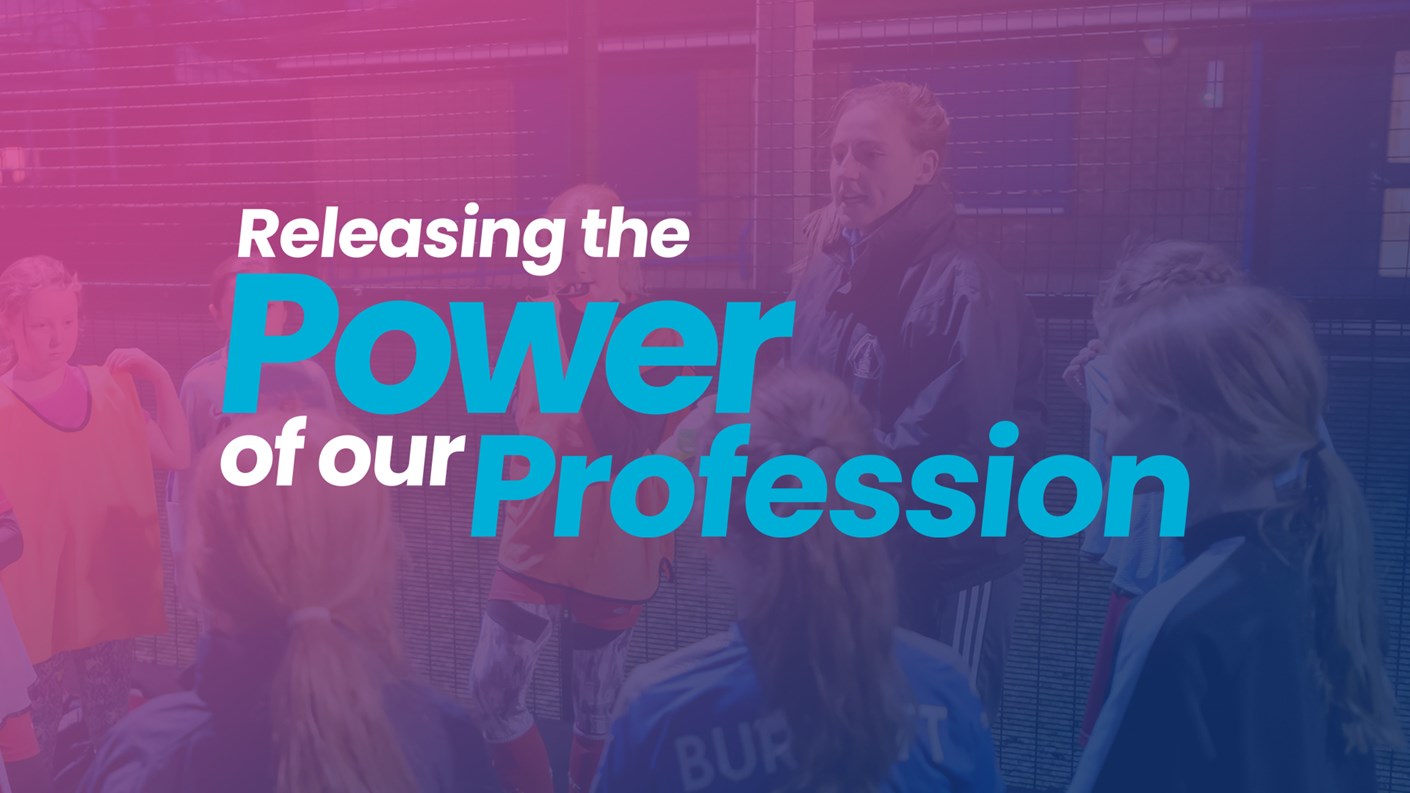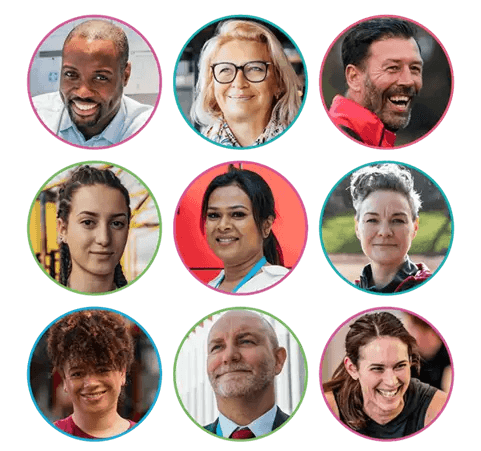Releasing the Power of Our Profession: Driving sustainable place-based development
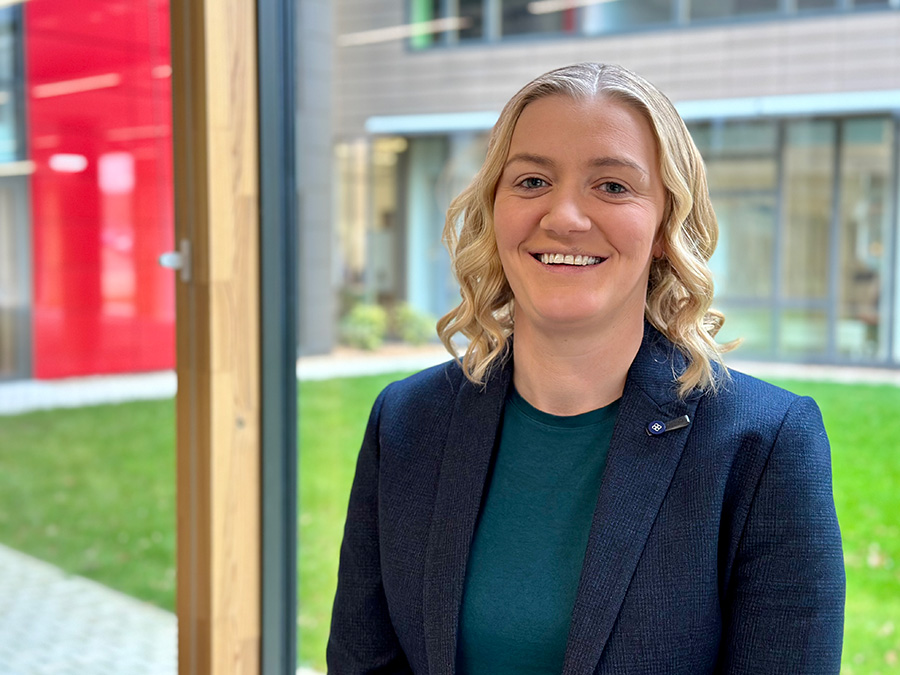
Our Strategy, Releasing the Power of Our Profession, sets out CIMSPA’s commitment to delivering individual and collective professional recognition for those working in the sport and physical activity sector. The sector workforce makes an immense contribution to the physical and mental health and wellbeing of the population, to social cohesion, to the engagement of everyone in communities and to the economic prosperity of the country.
In our latest deep dive blog, Clare Dunn, Associate Director at CIMSPA, discusses how sport and physical activity professionals and employers are the catalyst for place-based development that can drive real change across communities.
A few months back I was filmed for a video about careers in the sector. It was for an online programme that is used in secondary schools around the country that inspires young people to consider different careers.
I had to talk about my job and when I was asked what one of the best bits of it was, I had no hesitation in my response.
Above everything else, for me it’s the fact that I get to visit different parts of the UK and discover what’s happening locally. Some people think that’s really glamorous – but there’s no first class travel or luxury hotels. Often I’m visiting some of the most deprived communities in areas that aren’t on the usual visitor or business traveller map.
But it’s in these places that I see the magic that our sector workforce can deliver. Making a real difference to the health and wellbeing of communities, supporting social cohesion and economic prosperity.
This is why the place-based approach to skills development in our sector is so important. Having a workforce and service offer that can meet local needs is what truly makes a difference.
And although it sounds pretty simple – deliver what local people need – there is an engine behind the scenes in each area driving this work. 
Across over 30 areas of the UK, that place-based engine is known as a Local Skills Accountability Board or LSAB. These collaborations bring together a range of stakeholders who understand a place and its priorities including:
- Employer representatives – from businesses large and small across the public, private and voluntary sector. They offer insight into the skills that they need to deliver on local demands, where they see growth, what roles they are struggling to recruit for and some insight into their future plans and workforce needs.
- Educators – from colleges, universities and specialist training providers. They share the learning provision available, their challenges in relation to employability of learners and how they plan to evolve provision.
- Active Partnerships – They bring local knowledge and insights into how provision and participation in sport and physical activity is evolving in the area.
- Local government representatives – from local authorities to regional and metropolitan mayoralties. They share local strategies and priorities and help to shape how the sector can support those whether they be economic, employment or social value priorities.
- Health commissioners – including integrated care boards and trusts. They share local health challenges and priorities, for example, diabetes prevention, falls prevention or reduction in cardio-vascular illness.
- Employment support agencies – including the Department for Work and Pensions (DWP), those supporting ex-offenders and other service providers. They highlight the potential workforce and what is required to prepare them for work in the sector.
- Specialist partners such as Chambers of Commerce, enterprise partnerships, community bodies and more who bring specific insight and opportunities for engagement in local activities.
Support for this approach was highlighted in the Department for Culture, Media, and Sport (DCMS) Get Active strategy released this time last year.
The power of having all these stakeholders around a table, focusing on how the sport and physical activity workforce can make real impact in the place, is phenomenal. The hive-mind, networking and sharing of ideas and challenges, brings innovation and solutions to the fore. Key to this is the recognition that collaboration is key. I’ve seen major operators, who are essentially competitors, leave their individual interests at the door to ensure that as a collective we can deliver on what really matters and will have impact in that place. I’ve seen education providers who would usually compete for students, commit to differentiated offers in order to meet employer needs better and ensure the right provision is available, in the right places.
And at CIMSPA, we’re proud to be facilitating this place-based collaboration as part of the drive towards greater professional recognition that we set out in our strategy, Releasing the Power of our Profession.
Having the sector workforce and skills development at the heart of addressing the challenges that local areas are facing, offers more opportunities for sport and physical activity professionals to elevate their professional status and gain greater recognition for the contribution that they make to society.
By aligning education and skills development provision with local employment opportunities and health, economic and social priorities; those in the sector workforce, as well as those looking to join it, will have the knowledge and skills needed to build a great career while making a real difference to the locality through better health, community cohesion and sustainable economic activity.
But back to my travels, and the fantastic local work that’s making a real difference.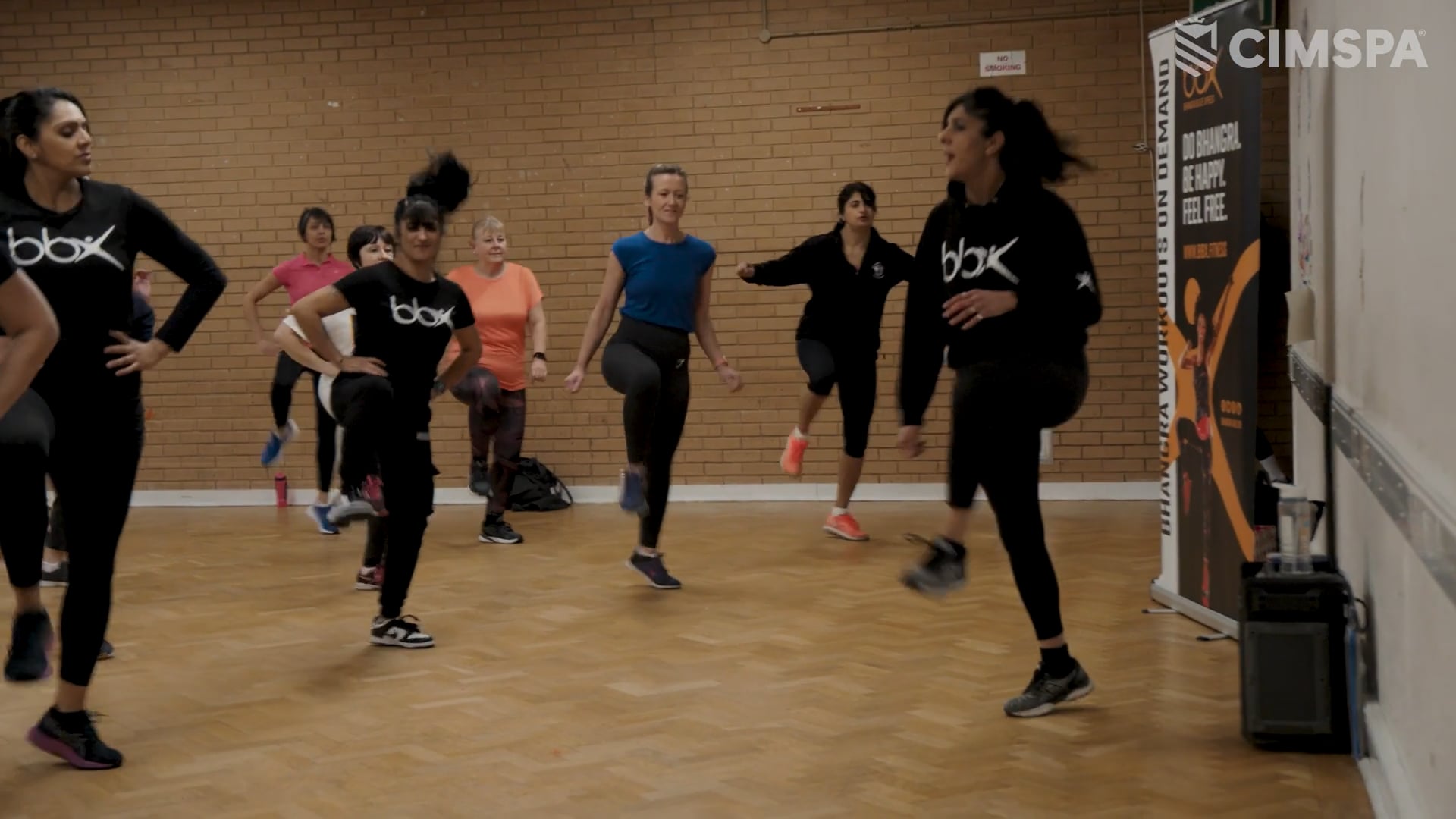
- Take Bhangra Blaze Xpress in the West Midlands. They’re delivering community programmes based on bhangra dance which bring together people from a range of backgrounds; of different ages, ethnicities and experience; who get active and have fun through one of the most joyful group exercise classes I’ve ever seen. The classes take place in venues that are accessible and because it’s not your traditional ‘fitness class’, participants find it very approachable. The impact is huge. As well as bringing together members of the community that perhaps wouldn’t otherwise engage with each other, participants have seen positive impact on their health from reduced blood pressure and cholesterol, improved bone density and positive impacts for diabetic and pre-diabetic patients.
- And then there’s Abbeycroft Leisure and Active Suffolk’s work on falls prevention. Identified as a local priority, instructors and PTs were provided with training to develop specialist skills to engage and deliver targeted activity sessions in nursing homes and other community venues. This is not only reducing injuries and the associated treatment costs, but also helping the participants to feel more confident about going about their daily lives, helping them to be physically and mentally better health-wise.
- In Staffordshire, organisations like Time4Sport are actively tackling a key local priority of reducing the impacts of household deprivation which sits at almost 34% of households in the county. In Stoke-on-Trent alone, the infant mortality rates are amongst the highest in England and the prevalence of obesity, hip fractures and cardiovascular disease are considerably higher than the national average. Time4Sport are providing support for families to engage in wellbeing activities, including physical activity and input on healthy eating, to address some of these impacts of deprivation.
- This model of local collaboration to address local challenges and priorities is by no means unique to England. In North Wales, CLS Cymru have developed support for young people to help them with the challenges of growing up in an increasingly complex society. They are working with local authorities and schools to support activity to increase confidence, resilience and deliver character development using strong role models and a range of activities. This is helping children and young people to have a strong foundation to realise their full potential both socially and through engagement with education.
Seeing all of this and the hundreds of other examples makes me excited about the narrative from the government in relation to greater focus on place-based learning, skills development and employment.
Each of the examples that I’ve witnessed has a big impact but on a relatively small number of people. But with a greater policy commitment, that impact can really be scaled up.
As a sector we need to be prepared for that. We’re showing these great examples of how place-based collaborations impact on local priorities and how they’re really making a difference; it’s essential that we are ready to deliver at higher volume.
Part of that is ensuring that we recruit and retain the very best talent. That’s why our sector Careers Hub is the foundation to our strategy, showing those, whether it be someone looking for their first career or a career change, all of the opportunities that exist in the sector. This includes the skills that they can develop and specialist roles that they can aspire to, as well as how professionals in the sector are professionally recognised. Equally crucial is enabling our dedicated workforce to see and understand career paths and how they can progress in roles and on to other opportunities in the sector, growing their professional status as they do.
To harness that inspiration and aspiration, the Training Academy for Sport and Physical Activity provides the means for individuals and employers to connect with the highest quality learning, qualifications and professional development that will kick-start a career for new entrants and enable current professionals to grow through developing the skills that are most in demand.
These two interventions are not only integral to building greater professional recognition, they are also at the heart of where our sector is moving to thanks to the place-based revolution. The Careers Hub and the Training Academy and the wider sector education eco-system, are the supply side of the equation to meet the demands of local priorities.
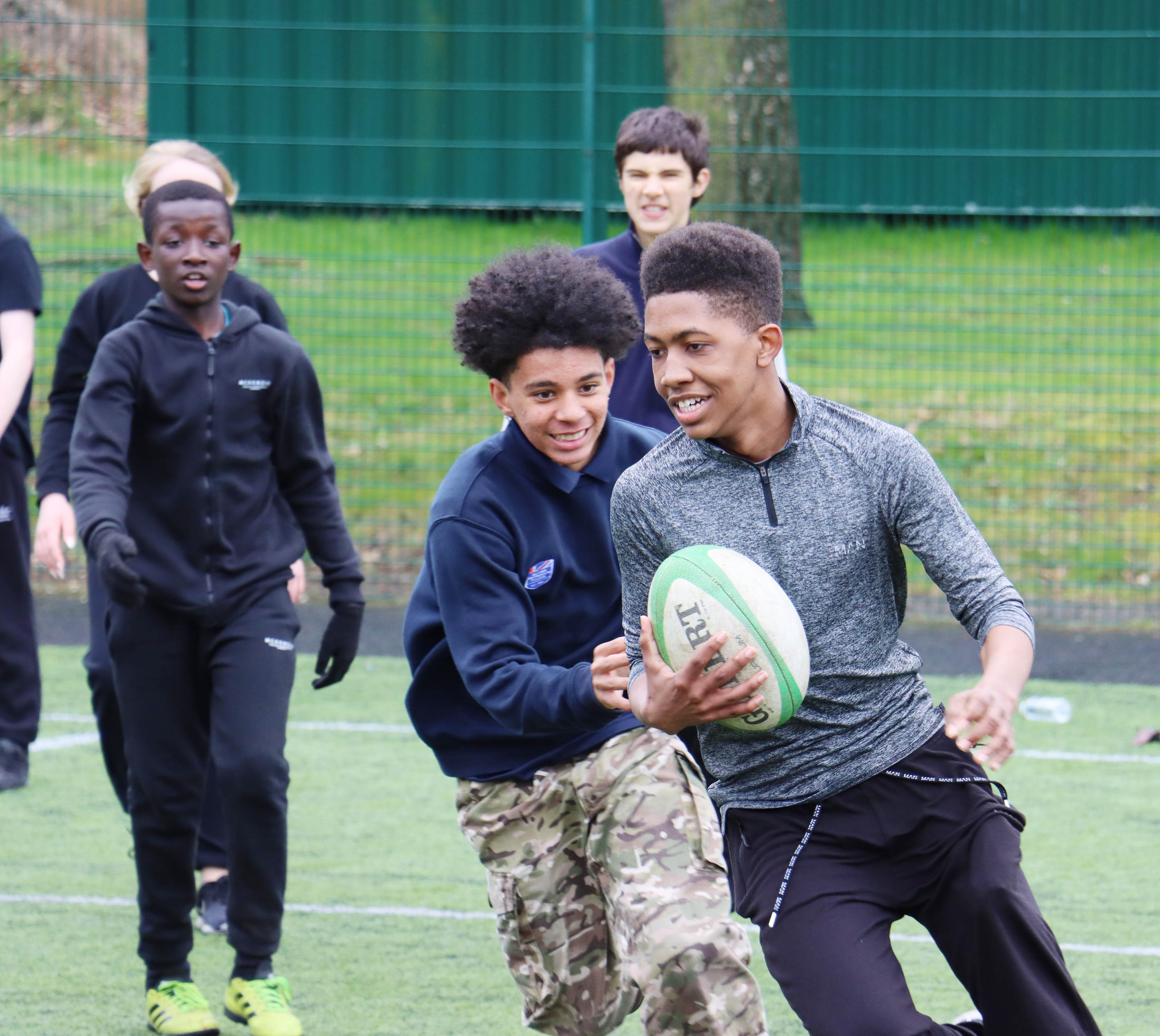 You can see the perfect demonstration of this in local plans which the LSABs are developing, including in Nottingham and Nottinghamshire where the LSAB has just published its skills plan and in Leicester, Leicestershire and Rutland where the plan was published earlier this summer.
You can see the perfect demonstration of this in local plans which the LSABs are developing, including in Nottingham and Nottinghamshire where the LSAB has just published its skills plan and in Leicester, Leicestershire and Rutland where the plan was published earlier this summer.
There are some great examples out there of where collaboration is having real impact:
- Local economic priorities include reducing the rate of economically inactive members of the population which is higher than average.
- Physical activity service providers are asked to provide services to help address these issues through improving active wellbeing in the community.
- Local learning providers revise curriculums incorporating specific professional standards to provide the skill set for learners to work with people who have long-term health conditions and are inactive.
- Over 90% of learners get roles with local service providers and are making a difference to those health and economic priorities.
It is simple but it is reliant on that collaborative approach and focus on the needs of the place.
So yes, the best part of my job is travelling the country and learning about the great work that’s happening. It’s a real privilege. But I know that the best is yet to come. With further policy drive towards local delivery of skills and a professionally recognised workforce that’s ready to pick up the baton and run with it, our sector really will be the powerhouse behind sustainable change across communities.
